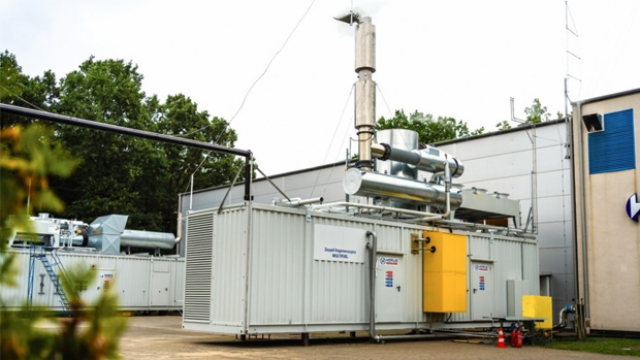The renewable energy sector is entering a new phase, focusing on both established technologies and emerging innovations. According to the 2025 Global Clean Energy Survey, solar photovoltaic (PV) technology dominates immediate growth plans, with hydropower and fixed offshore wind also receiving attention. However, a notable shift is occurring towards newer technologies such as battery storage, hydrogen, and geothermal energy.
Survey data reveals that 49% of renewables firms prioritize battery storage in the next five years, while 44% emphasize hydrogen over the next five to ten years, and 41% focus on geothermal energy.
Battery energy storage systems (BESS) capacity surged by 49% from 2023 to 2024, with projections from McKinsey suggesting this could quadruple by 2030. Investment in BESS has skyrocketed from $6.8 billion in 2018 to an expected $53.9 billion in 2024, largely driven by the need for greater flexibility in energy provision. Governments worldwide are backing these technologies to improve grid stability and address intermittent supply issues, providing a reliable alternative to fossil fuels.
Similarly, hydrogen projects are gaining traction, with the sector needing to grow at a compound annual growth rate of over 90% from 2024 to 2030 to meet projected demand. Despite high production costs and infrastructure challenges, green hydrogen projects are emerging as a focal point for investments, particularly in the UK, where a £5.8 billion clean energy package has been announced.
Despite the promise of these technologies, the insurance market faces challenges in adapting to the rapid innovation within the renewable sector. Insurers are struggling to keep pace with new and complex technologies. While the total investment in renewables is substantial, insurers have reported a mixed history of profitability in this space, leading to a cautious approach characterized by higher deductibles and stringent requirements for coverage.
Insurers prioritize profitability and often apply broad exclusions to manage their risk. This has created a gap between the technological advancements in renewables and their insurability. Many insurers find it difficult to assess the risks associated with new technologies, leading to restrictive policies that can limit growth opportunities for renewable energy companies.
For renewable companies, the ability to secure appropriate coverage is vital for achieving growth and accessing project financing. Unfortunately, many face barriers such as limited insurance product offerings and high deductibles, which can deter investment and innovation. The typical one-year insurance policy does not align well with the long-term nature of renewable projects, which can span five to ten years or more.
To better navigate the insurance landscape, renewable energy companies can take a proactive approach to risk management. Engaging with specialized risk engineers can help demystify new technologies and present clear, data-driven arguments for insurance negotiations. By highlighting proven components of their projects alongside innovative elements, companies can facilitate better understanding and coverage from insurers.
In addition, blending traditional insurance with alternative solutions, such as performance insurance and parametric policies, can safeguard against technological failures and provide financial security in case of adverse conditions. Working with knowledgeable brokers can also open avenues for coverage that address non-damage supply chain risks, further strengthening their insurance posture.
As the renewable sector continues to advance, it will play a significant role in supporting other industries in their decarbonization efforts. Approximately 44% of renewables companies target the mining and metals sector, while 38% focus on hydrocarbons and 22% on oil and gas. This indicates a dual path forward: renewable energy firms will not only innovate and expand their technologies but also assist traditional sectors in transitioning to more sustainable operations.
The findings from the Global Clean Energy Survey highlight the urgent need for insurers to adapt and provide more flexible solutions that meet the evolving demands of the renewable sector. While recent trends indicate a willingness to explore creative insurance solutions, substantial work remains to align coverage with the fast-paced advancements in clean energy technologies.
As renewable energy companies strive for growth in a changing landscape, they must remain alert to risk trends and collaborate with sector-focused advisors to secure optimal coverage, protecting their assets while driving innovation.




